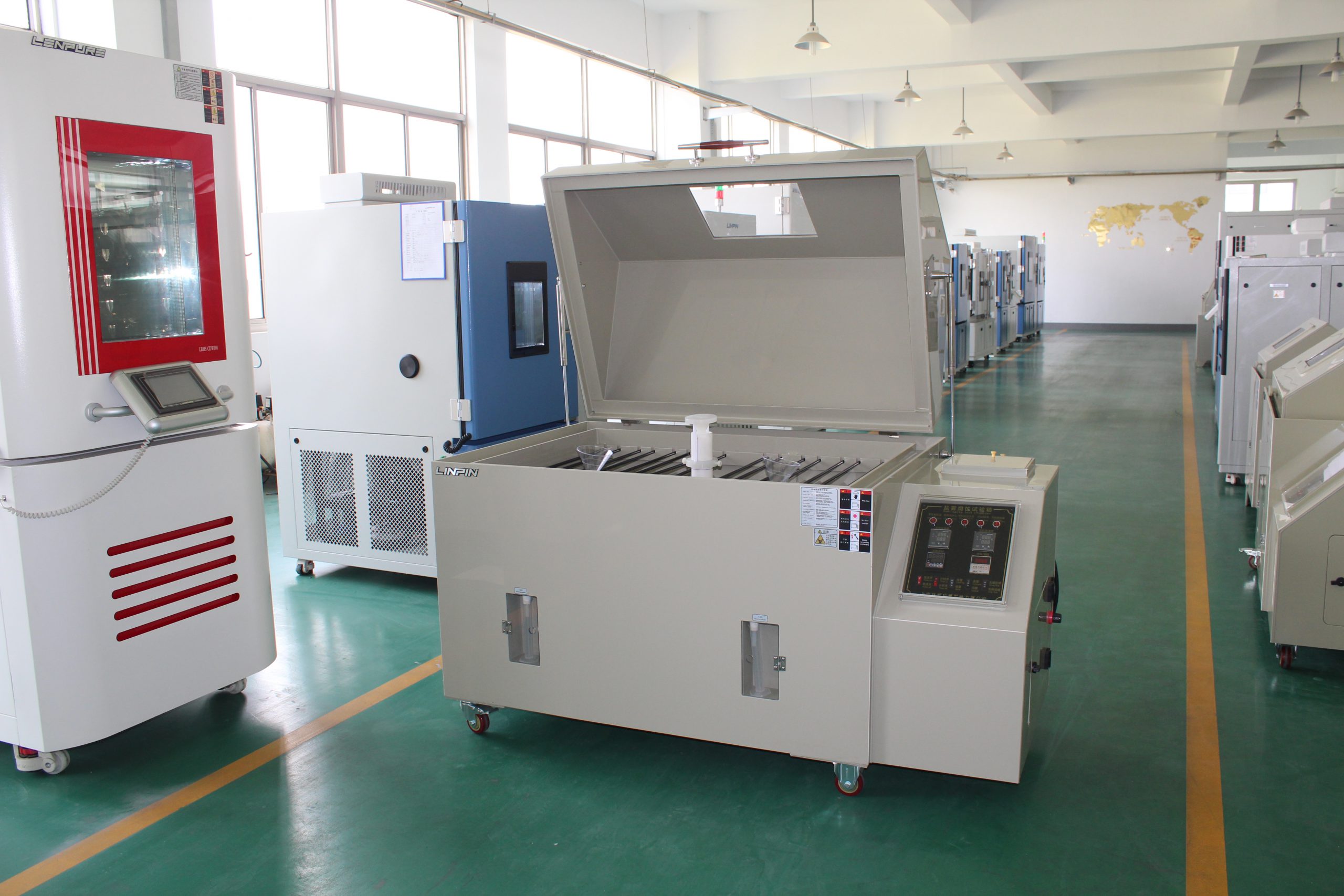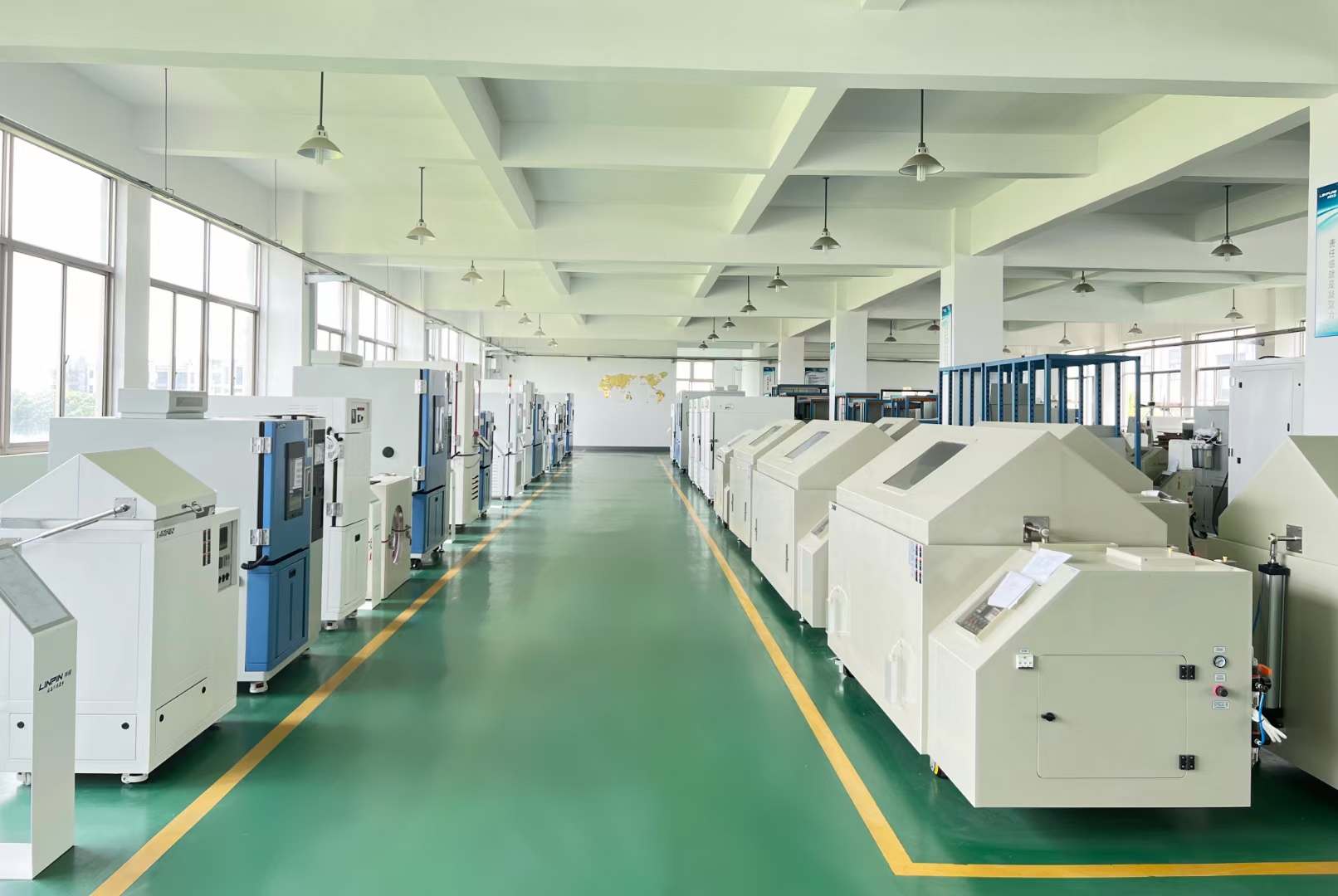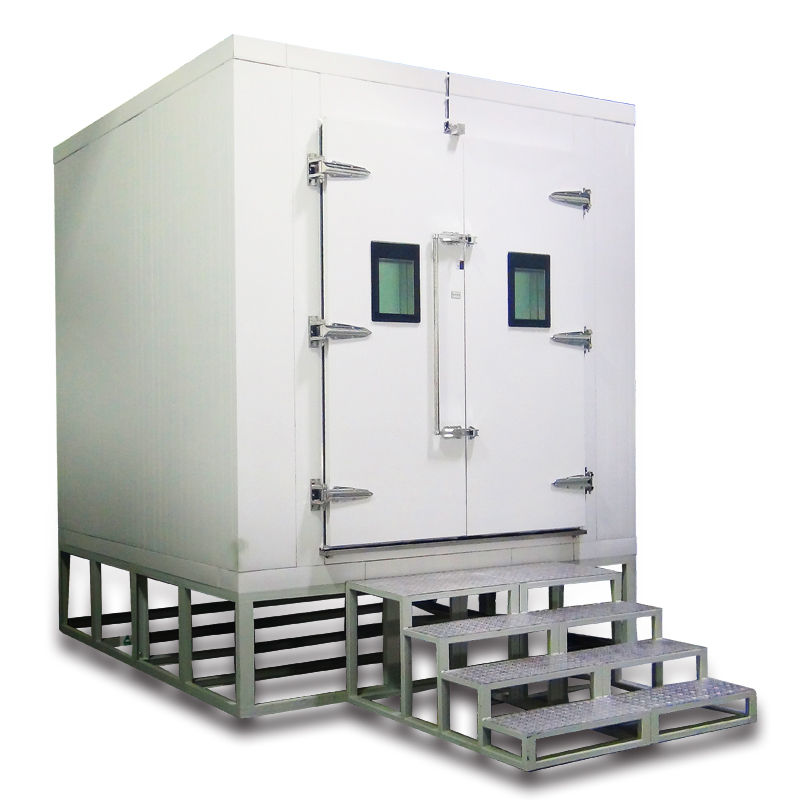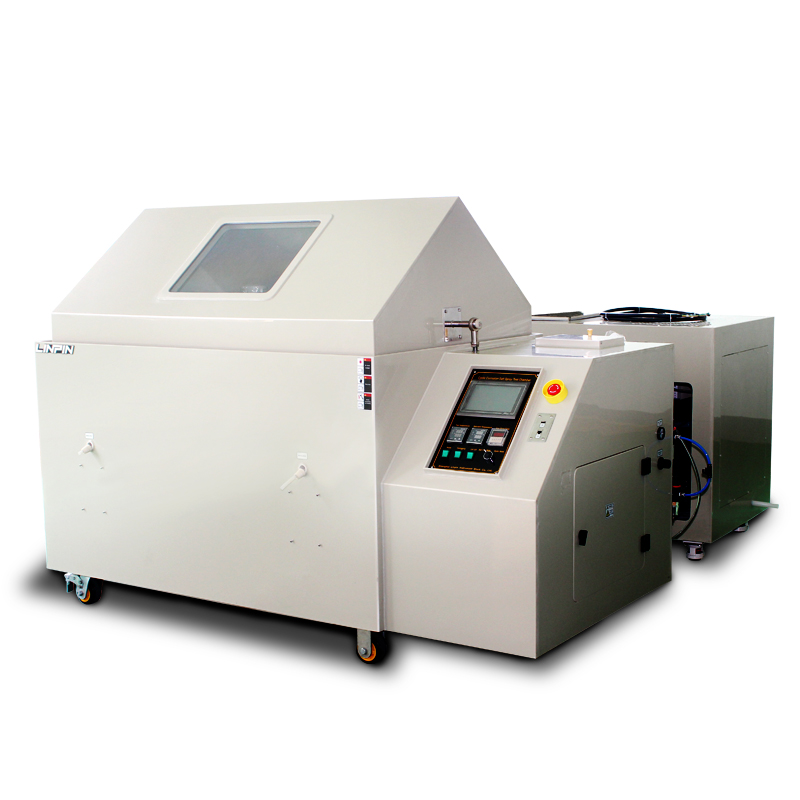Salt Spray Corrosion Test Chamber: What Is It and How Does It Work?
Author:LINPIN Update Time:2025-09-27 Source:LINPINIn today’s industrial landscape, the durability and reliability of products are crucial to their market competitiveness. This is especially true in sectors such as marine, chemical, automotive, electronics, and outdoor equipment, where materials and coatings must withstand long-term exposure to corrosive environments. The salt spray corrosion test chamber is specifically designed for this purpose—it simulates harsh corrosive conditions to provide scientific and reliable test data, ensuring products maintain high performance in real-world applications.
What Is a Salt Spray Corrosion Test Chamber?
A salt spray corrosion test chamber is an environmental simulation device used to evaluate the corrosion resistance of materials and coatings. By creating a high-temperature, high-humidity, and high-salt environment, it accelerates the corrosion process, allowing for a rapid assessment of a product’s durability under natural corrosive conditions, such as marine or industrial atmospheres. This equipment is widely used in quality control and R&D validation for automotive parts, electronic components, metal products, aerospace components, and protective coatings.

How It Works: Scientific Simulation with Precision and Reliability
The core principle of the salt spray test chamber is based on corrosion science and environmental simulation technology. Its operation involves the following key steps:
-
Salt Solution Preparation: The device mixes sodium chloride (NaCl) with purified water to simulate the corrosive medium of marine or salt-laden atmospheres. The concentration and pH of the solution strictly adhere to international standards (e.g., ASTM B117, ISO 9227), ensuring consistent test conditions.
-
Spray System: Compressed air atomizes the salt solution into fine mist particles, which are evenly distributed throughout the test chamber. This process replicates the suspension and settlement of salt in natural environments, mimicking real-world corrosion effects.
-
Temperature and Humidity Control: The chamber is equipped with heating and humidity regulation systems to precisely control internal temperature and humidity (typically 35°C and near-saturation humidity). This high-temperature, high-humidity environment accelerates corrosion reactions, significantly shortening the test cycle.
-
Corrosion Monitoring and Evaluation: After testing, the corrosion resistance of materials is quantitatively assessed by examining the degree of corrosion on sample surfaces (e.g., rust, blistering, peeling), along with weight change analysis and morphological observations.

Why Choose a Salt Spray Corrosion Test Chamber?
- Authority: Complies with multiple international standards, and test results are globally recognized, providing critical support for product certifications (e.g., automotive, military, and electronics industry compliance).
- Accelerated Testing: Simulates years of natural corrosion in just days or weeks, drastically reducing R&D and time costs.
- Reliable Data Support: Helps businesses optimize material selection, improve processes, and enhance product lifespan and reliability.
- Wide Applicability: Suitable for various materials and industries, including metals, coatings, electronic PCBs, and hardware components.
The salt spray corrosion test chamber is an indispensable tool in modern industrial quality assurance systems. It reflects a company’s commitment to product quality and demonstrates its strength in technological innovation and market competitiveness. Investing in a high-performance salt spray test chamber equips your products with a "corrosion-resistant armor," helping you gain customer trust and seize market opportunities.





